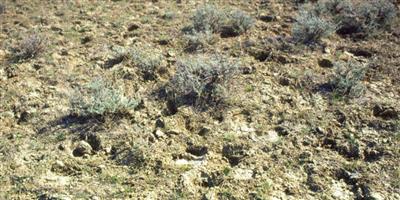WASHINGTON, Sep. 16, 2016 — The U.S. Department of Agriculture (USDA) has designated Fallon and Powder River counties in Montana as primary natural disaster areas due to losses caused by a recent drought.
“Our hearts go out to those Montana farmers and ranchers affected by recent natural disasters,” said Agriculture Secretary Tom Vilsack. “President Obama and I are committed to ensuring that agriculture remains a bright spot in our nation’s economy by sustaining the successes of America’s farmers, ranchers, and rural communities through these difficult times. We’re also telling Montana producers that USDA stands with you and your communities when severe weather and natural disasters threaten to disrupt your livelihood.”
Farmers and ranchers in Big Horn, Carter, Custer, Prairie, Rosebud and Wibaux counties in Montana also qualify for natural disaster assistance because their counties are contiguous.
Farmers and ranchers in the following counties in North Dakota, South Dakota and Wyoming also qualify for natural disaster assistance because their counties are contiguous.
North Dakota
Bowman, Golden Valley and Slope
South Dakota
Harding
Wyoming
Campbell, Crook and Sheridan
All counties listed above were designated natural disaster areas on Sep. 15, 2016, making all qualified farm operators in the designated areas eligible for low interest emergency (EM) loans from USDA’s Farm Service Agency (FSA), provided eligibility requirements are met. Farmers in eligible counties have eight months from the date of the declaration to apply for loans to help cover part of their actual losses. FSA will consider each loan application on its own merits, taking into account the extent of losses, security available and repayment ability. FSA has a variety of programs, in addition to the EM loan program, to help eligible farmers recover from adversity.
Other FSA programs that can provide assistance, but do not require a disaster declaration, include the Emergency Conservation Program; Livestock Forage Disaster Program; Livestock Indemnity Program; Emergency Assistance for Livestock, Honeybees, and Farm-Raised Fish Program; and the Tree Assistance Program. Interested farmers may contact their local USDA Service Centers for further information on eligibility requirements and application procedures for these and other programs. Additional information is also available online at http://disaster.fsa.usda.gov.
Source: USDA FSA
Photo courtesy of USDA NRCS


